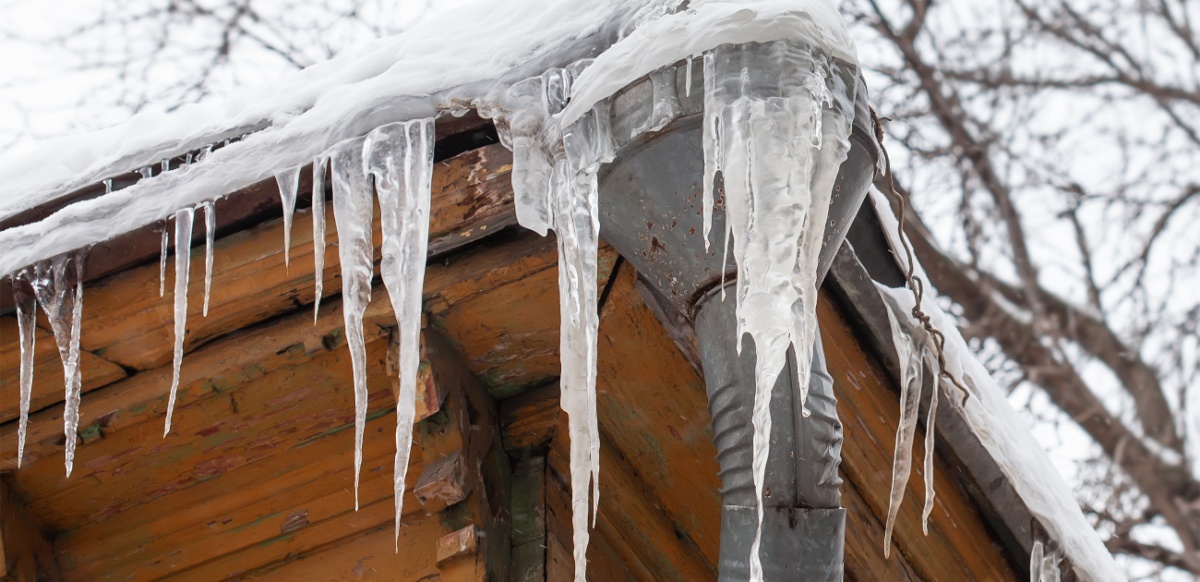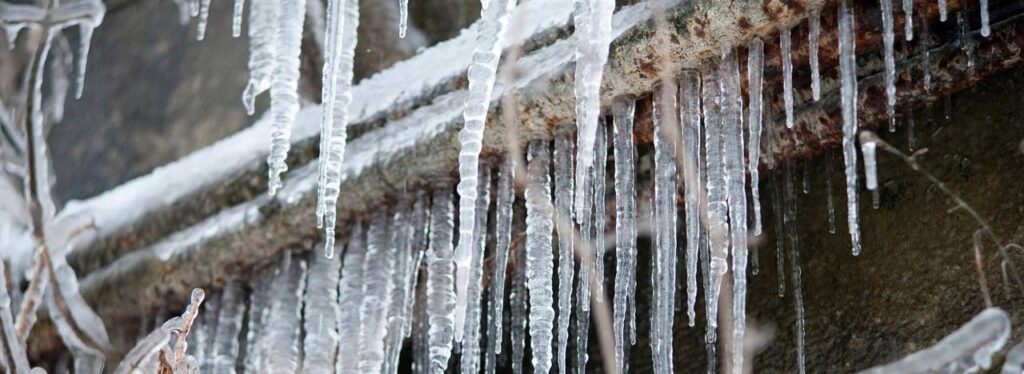How do you really feel about Preventing and dealing with frozen pipes?

Winter can ruin your pipes, particularly by freezing pipelines. Right here's exactly how to stop it from occurring and what to do if it does.
Introduction
As temperature levels decrease, the danger of icy pipelines boosts, possibly resulting in costly fixings and water damage. Comprehending exactly how to prevent frozen pipelines is critical for homeowners in cool climates.
Avoidance Tips
Insulating prone pipelines
Cover pipes in insulation sleeves or use warmth tape to safeguard them from freezing temperatures. Concentrate on pipelines in unheated or exterior locations of the home.
Home heating methods
Maintain indoor spaces effectively warmed, particularly areas with pipes. Open up cupboard doors to allow cozy air to circulate around pipelines under sinks.
Just how to identify icy pipelines
Seek reduced water flow from faucets, unusual odors or sounds from pipes, and noticeable frost on exposed pipes.
Long-Term Solutions
Structural modifications
Take into consideration rerouting pipelines away from exterior wall surfaces or unheated areas. Include extra insulation to attic rooms, cellars, and crawl spaces.
Upgrading insulation
Buy top quality insulation for pipelines, attics, and wall surfaces. Appropriate insulation helps keep regular temperatures and lowers the danger of icy pipes.
Shielding Outside Pipes
Garden pipes and outdoor taps
Disconnect and drain pipes yard hose pipes prior to winter. Set up frost-proof faucets or cover outdoor faucets with protected caps.
Recognizing Frozen Pipelines
What creates pipes to freeze?
Pipes ice up when revealed to temperature levels below 32 ° F (0 ° C) for extended periods. As water inside the pipes freezes, it broadens, taxing the pipeline wall surfaces and possibly creating them to break.
Threats and problems
Icy pipelines can bring about water supply interruptions, building damages, and costly repair services. Burst pipes can flooding homes and trigger substantial structural damage.
Indications of Frozen Water Lines
Determining icy pipes early can prevent them from rupturing.
What to Do If Your Pipelines Freeze
Immediate activities to take
If you suspect frozen pipes, maintain taps available to ease pressure as the ice thaws. Utilize a hairdryer or towels soaked in warm water to thaw pipes gradually.
Final thought
Preventing icy pipes calls for proactive actions and quick feedbacks. By understanding the reasons, indications, and preventive measures, house owners can protect their plumbing throughout cold weather.
5 Ways to Prevent Frozen Pipes
Drain Outdoor Faucets and Disconnect Hoses
First, close the shut-off valve that controls the flow of water in the pipe to your outdoor faucet. Then, head outside to disconnect and drain your hose and open the outdoor faucet to allow the water to completely drain out of the line. Turn off the faucet when done. Finally, head back to the shut-off valve and drain the remaining water inside the pipe into a bucket or container. Additionally, if you have a home irrigation system, you should consider hiring an expert to clear the system of water each year.
Insulate Pipes
One of the best and most cost-effective methods for preventing frozen water pipes is to wrap your pipes with insulation. This is especially important for areas in your home that aren’t exposed to heat, such as an attic. We suggest using foam sleeves, which can typically be found at your local hardware store.
Keep Heat Running at 65
Your pipes are located inside your walls, and the temperature there is much colder than the rest of the house. To prevent your pipes from freezing, The Insurance Information Institute suggests that you keep your home heated to at least 65 degrees, even when traveling. You may want to invest in smart devices that can keep an eye on the temperature in your home while you’re away.
Leave Water Dripping
Moving water — even a small trickle — can prevent ice from forming inside your pipes. When freezing temps are imminent, start a drip of water from all faucets that serve exposed pipes. Leaving a few faucets running will also help relieve pressure inside the pipes and help prevent a rupture if the water inside freezes.
Open Cupboard Doors
Warm your kitchen and bathroom pipes by opening cupboards and vanities. You should also leave your interior doors ajar to help warm air circulate evenly throughout your home.

I was shown that article about Helpful Tips to Prevent Frozen Pipes this Winter through someone on our other web page. Are you aware of somebody else who is very much interested in Winter Plumbing Precautions: Preventing Frozen Pipes? Feel free to share it. I enjoy reading our article about How To Avoid Freezing Pipes.
Call Today
Comments on “How to Safeguard Pipes from Cold Weather: Expert Guidance”